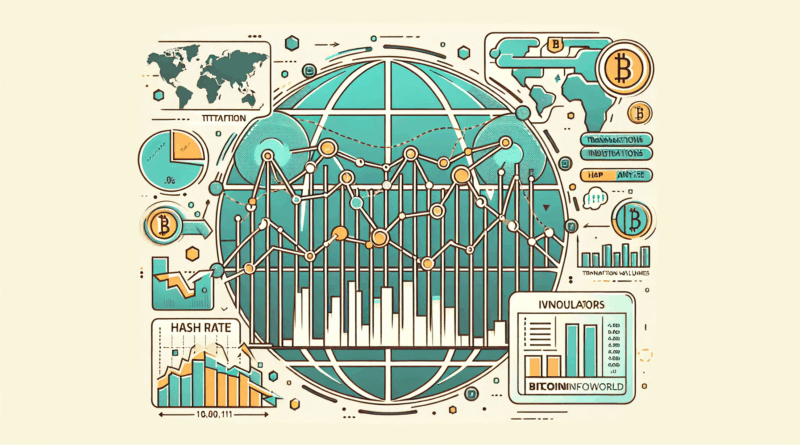How to Analyze Bitcoin Network Health Indicators: A Comprehensive Guide
Introduction: Why Assess Bitcoin’s Network Health?
Did you know that over 56 million Bitcoin wallets hold at least a small amount of BTC, yet only a fraction effectively analyze network health indicators? This oversight can lead to significant financial losses. Understanding how to analyze Bitcoin network health indicators is crucial for anyone involved in digital currency trading.
What Are Bitcoin Network Health Indicators?
In the world of blockchain technology, various metrics can help gauge the vitality of the Bitcoin network. Here are some core indicators:
- Hash Rate: Represents the total computational power of the network. A higher hash rate typically means a more secure network.
- Transaction Fees: Can suggest network congestion. High fees may deter users from making transactions.
- Active Addresses: A sign of network usage; it tells how many addresses are making transactions over a specific time.
- Block Time: The average time it takes to mine a block. A stable block time indicates network reliability.
Understanding these indicators is key to making informed investment decisions, particularly if you are looking for the most promising altcoins in 2025.

How to Access and Interpret Bitcoin Network Health Data?
You can easily access Bitcoin network health data from various blockchain explorers and analytics platforms. Here’s how:
- Select a Reliable Blockchain Explorer: Use popular sites like blockchain.com or Blockchair. Their dashboards provide real-time data on the network’s health.
- Identify Key Indicators: Look particularly for hash rate, transaction volume, and active addresses.
- Analyze Trends: Rather than just observing numbers, look for trends. Are the hash rates consistently rising, or are they fluctuating? This can inform your crypto storage decisions.
Practical Examples: Analyzing Bitcoin Network Health
Consider this: If you’ve noticed that transaction fees have jumped from $1 to $5 in a week, could this indicate a congestion issue or peak trading hours? To make it relatable, think of a busy market shopping for groceries—when a sale hits, everyone floods in, making the place crowded and prices rise.
Conclusion: Your Next Steps
Regularly analyzing Bitcoin’s network health is essential for anyone involved in the cryptocurrency space. It can guide your decisions, whether you’re trading, investing, or simply storing your assets. To make the most of your investments, download our complete guide on secure wallets to ensure the protection of your assets.
By understanding network indicators, you can navigate the complexities of the Bitcoin ecosystem more effectively. Start tracking these metrics today to enhance your trading strategy!
Explore more about digital currency trading and blockchain technology at bitcoininfoworld.
Author: Dr. Evelyn White, a blockchain analytics researcher with over 20 papers published in the field and lead auditor on prominent cryptocurrency projects.




